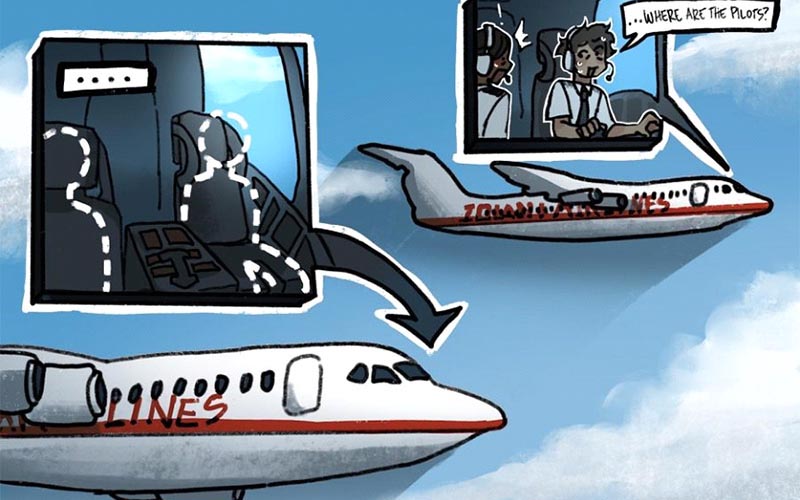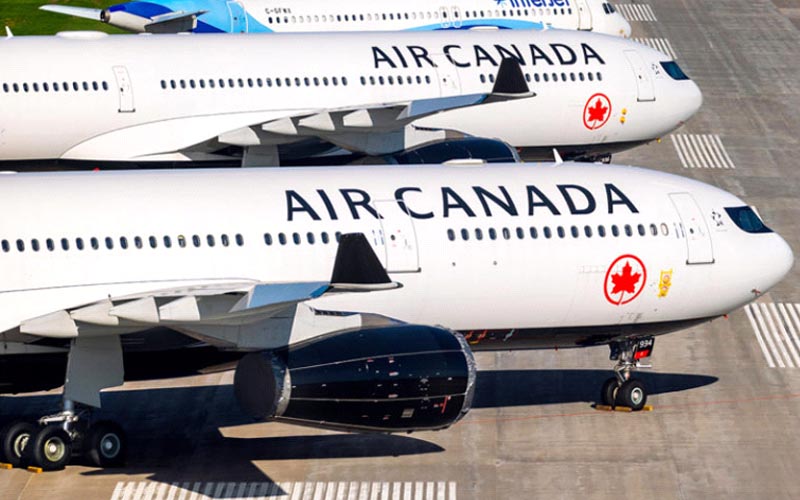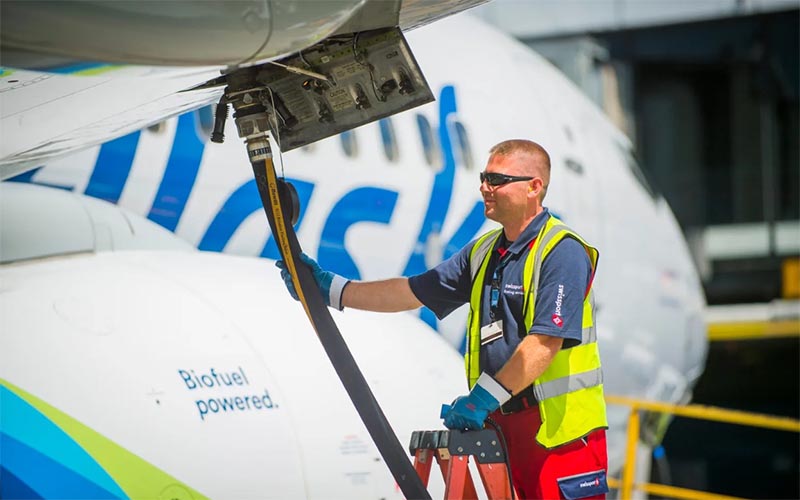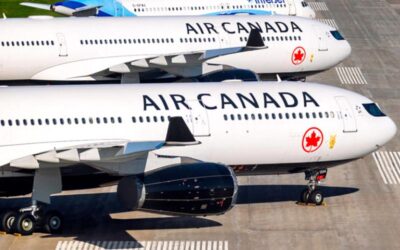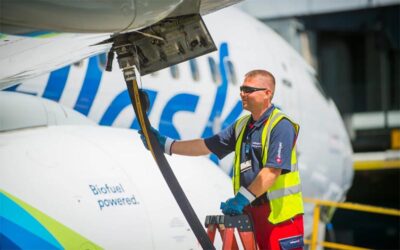A rush of so-called “discount airlines” have sprung onto the Canadian market in recent years, promising lower tickets and no extraneous frills.
However, according to analysts, the low-cost airline business model is escalating the country’s current pilot shortage, which in the coming years might cause an even worse issue for the aviation sector.
Since the COVID-19 epidemic, start-up inexpensive airlines, like Flair Airlines in Edmonton, Lynx in Calgary, and WestJet subsidiary Swoop, have been quickly growing across Canada. They are betting that there is enough unmet demand from travellers on a tight budget to justify more capacity.
The fundamental idea behind a low-cost airline is that passengers receive bare-bones service in return for inexpensive basic costs, even if each one runs slightly differently.
things like checked baggage and carry-on luggage, the need for pilots is being put under strain by increased flights and destinations.
According to Mike Doiron, owner of Moncton, New Brunswick-based Doiron Aviation Consulting, “If I have a new airline that launches with 10 aircraft, I theoretically need about 200 pilots.”
‘Even though the need for pilots has increased significantly, training new pilots takes time.’

Canada has been experiencing a pilot shortage for years due to a number of issues, including an aging workforce, early retirements and layoffs caused by the pandemic, and rising training expenses.
Experts argue that because it may now cost more than $100,000 to become a commercial pilot, some young people are deterred from pursuing the career.
Last week, vacation airline Sunwing blamed a pilot shortage for a string of holiday season flight delays and cancellations. The airline told the federal transport committee that the government’s rejection of its recent request to hire 63 temporary foreign workers (TFW) for pilot positions had a negative impact on its ability to provide service.
Tim Perry, president of the Air Line Pilots Association’s Canadian chapter, which represents pilots at many Canadian airlines, including WestJet and Air Transat (but not Sunwing), called that defence “absurd.”
He stated that he doesn’t think any Canadian airline that pays its pilots fairly should be required to employ TFWs.
However, according to Perry, the aviation sector has significant workforce issues. In part because new carriers are employing pilots who would otherwise have gone to work for some of these smaller operators, he said that flight schools and northern and regional airlines in particular are having trouble finding qualified pilots.
Additionally, low-cost airlines have a hard time keeping their customers since they don’t pay as well as Air Canada or WestJet.
“However, traditionally speaking, those entry-level positions (at bargain airlines) have not been career destinations. As a result, those airlines must invest more in training for each unit of useful flight.”
The National Airlines Council of Canada industry association and all the airlines that The Canadian Press contacted declined to comment on the health of the pilot job market at this time.
However, according to a 2018 report by the Canadian Council for Aviation and Aerospace, the largest skills shortfall facing flight operators in this nation at the time was pilots.
The industry will require an extra 7,300 pilots by 2025, according to the research, which stated that the demand for experienced pilots is already beginning to surpass the national supply.
Doiron noted that there are now only 15,000 to 20,000 pilots working in the system, which is a sizable quantity.
For the foreseeable future, Doiron predicted that the sector will be completely turned upside down by the lack of skilled, experienced workers.
“I’m glad I don’t run an airline right now, because I would say the next five to ten years are going to be tough.”
Since the COVID-19 pandemic, several startup airlines have increased their capacity. These include Flair Airlines, which has aggressively expanded to serve more than 30 locations in Canada, the United States, and Mexico; Lynx, which says it will start offering 5,292 seats per week to and from the United States from its hubs in Toronto and Calgary in February; and Canada Jetlines, which began operations in September with twice-weekly flights between Toronto and Calgary.
Porter Airlines, located in Toronto, is also introducing new routes and claims to have up to 100 additional aircraft on order, enabling it to fly across Canada, the United States, Mexico, and the Caribbean.

